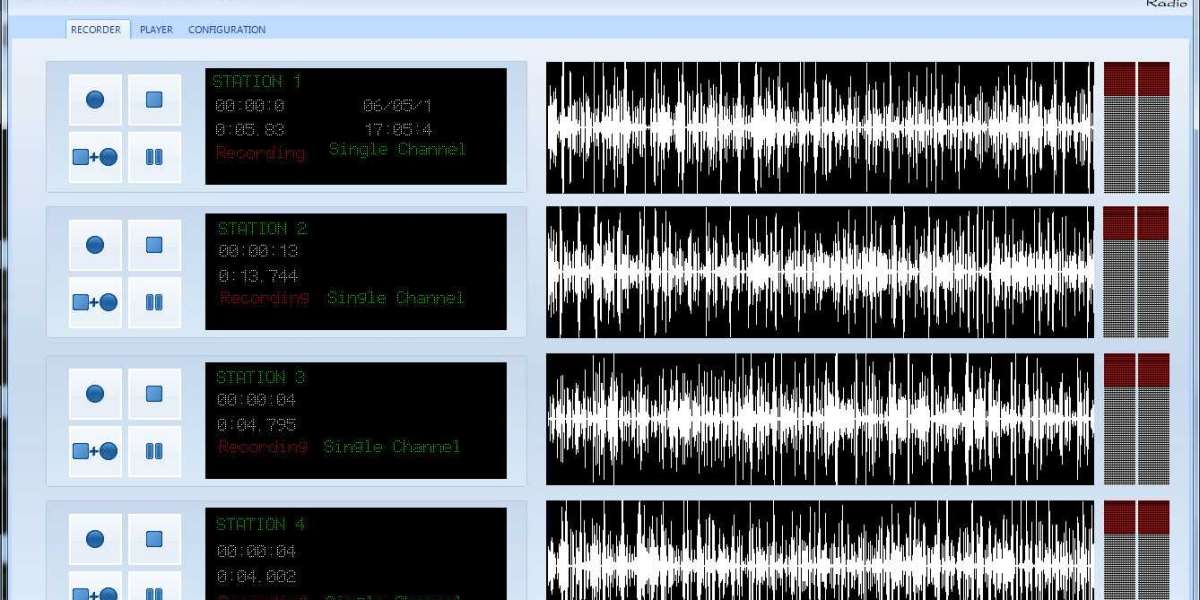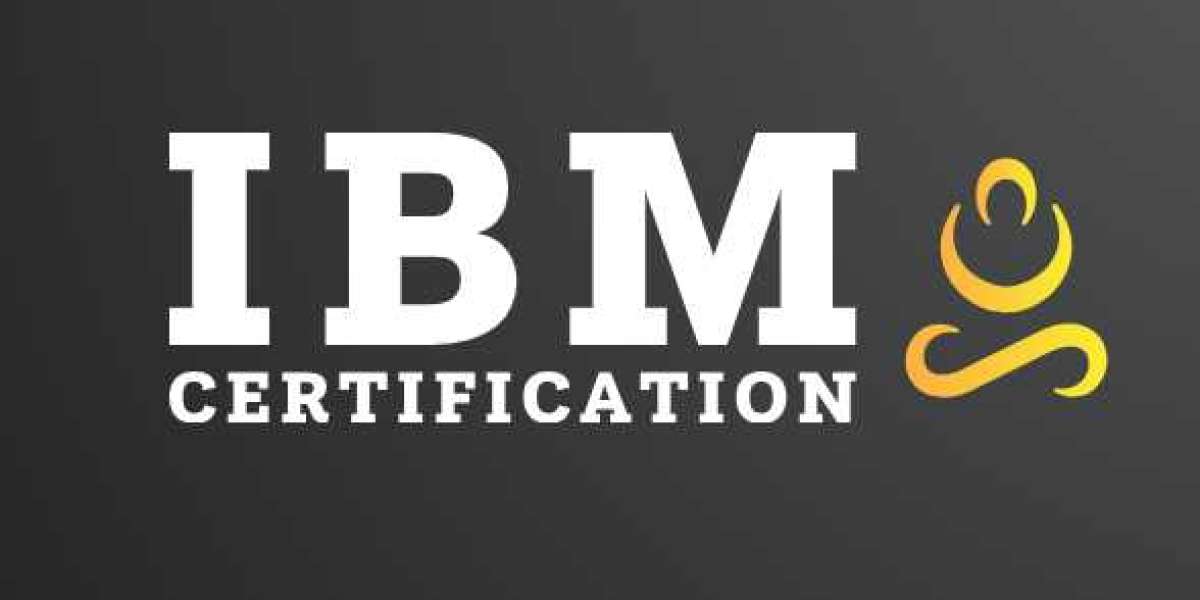In today's dynamic media landscape, radio stations face increasing pressure to maintain high-quality broadcasts, ensure regulatory compliance, and optimize their content strategies. Amidst this complexity, the radio logger emerges as an indispensable tool, offering a comprehensive solution for recording, archiving, and analyzing broadcast audio. This article delves into the functionality, benefits, and applications of radio loggers, exploring how they empower radio stations to thrive in a competitive environment.
What is a Radio Logger?
A radio logger is a sophisticated system that continuously records and stores broadcast audio. It captures the complete output of a radio station, including on-air programming, advertisements, announcements, and even periods of silence. These recordings are typically stored digitally, allowing for easy access, retrieval, and analysis. Modern radio loggers go beyond simple recording, offering advanced features such as time-stamping, search functionality, and integration with other broadcast systems. In some broadcast workflows, the audio being logged may come from a breakaway pipeline, ensuring that all elements of the broadcast chain are captured. Modern solutions like the xtv suite are streamlining workflows, offering integrated platforms for broadcast management.
How Does a Radio Logger Work?
Radio loggers function by capturing the audio signal from the broadcast chain, typically at a point before it is transmitted. This signal is then digitized and stored in a structured format, often using compressed audio codecs to manage storage space efficiently. The system automatically adds time stamps to the recordings, precisely linking each segment of audio to its broadcast time. This precise time-stamping is crucial for various applications, from verifying broadcast schedules to investigating listener complaints. The audio signal might be fed into the logger from a dedicated output of a breakaway pipeline setup, allowing for separate processing and logging.
Key Features and Functionality
Modern radio loggers boast a range of features designed to streamline broadcast operations and enhance content management:

- Continuous Recording: The core function of a radio logger is to provide uninterrupted recording of the broadcast signal, ensuring a complete archive of all on-air content.
- Time-Stamping: Precise time-stamping of all recorded audio is essential for accurate retrieval and analysis. This allows users to quickly locate specific segments of the broadcast.
- Search and Retrieval: Advanced search capabilities enable users to find specific recordings based on time, date, keywords, or other criteria. This simplifies the process of locating required audio, whether for verification, compliance, or content repurposing.
- Audio Analysis Tools: Some radio loggers offer built-in audio analysis tools, allowing users to monitor signal levels, identify silence periods, and analyze broadcast content.
- Integration with Broadcast Automation: Seamless integration with broadcast automation systems, including platforms like the xtv suite, allows for synchronized logging and playout, enhancing workflow efficiency.
- Remote Access: Many radio loggers offer remote access capabilities, enabling authorized personnel to access recordings and manage the system from any location.
- Scalability and Storage: Radio loggers can be scaled to accommodate the needs of different sized stations, offering flexible storage solutions for varying retention periods.
Benefits of Implementing a Radio Logger
The implementation of a radio logger provides numerous benefits for radio stations:
- Proof of Broadcast: Radio loggers provide irrefutable proof of broadcast, essential for verifying that advertisements were aired as scheduled and for resolving any disputes with advertisers or listeners.
- Regulatory Compliance: Many countries require radio stations to maintain records of their broadcasts for a specific period. Radio loggers simplify compliance with these regulations.
- Content Archiving: Recorded audio can be archived for future use, including rebroadcasting, creating podcasts, or repurposing content for other platforms.
- Program Analysis: Radio loggers enable detailed analysis of broadcast content, allowing stations to evaluate program effectiveness, identify areas for improvement, and optimize their programming strategies.
- Competitive Analysis: By logging competitor broadcasts, stations can gain valuable insights into their programming, advertising strategies, and overall market positioning.
- Listener Complaint Resolution: Radio loggers provide a valuable tool for investigating listener complaints, allowing stations to quickly verify broadcast content and address any concerns.
- Disaster Recovery: In the event of a broadcast system failure, the radio logger can provide a backup of the broadcast, ensuring continuity and minimizing downtime.
Applications of Radio Loggers
Radio loggers find applications in various aspects of radio station operations:
- Advertising Verification: Ensuring that advertisements were aired as scheduled and providing proof of performance to advertisers.
- Compliance Monitoring: Meeting regulatory requirements for broadcast recording and archiving.
- Program Archiving and Repurposing: Storing broadcast content for future use, including rebroadcasting and podcast creation.
- Content Analysis and Optimization: Evaluating program effectiveness and optimizing programming strategies.
- Competitive Intelligence: Monitoring competitor broadcasts to gain market insights.
- Listener Complaint Investigation: Resolving listener complaints by verifying broadcast content.
- Legal Disputes: Providing evidence in legal proceedings related to broadcast content.
Choosing the Right Radio Logger
Selecting the appropriate radio logger depends on the specific needs and budget of the radio station. Factors to consider include the number of channels to be logged, storage capacity requirements, desired features, and integration capabilities. Integration with existing broadcast systems, like the xtv suite, is a key consideration. If a breakaway pipeline is used, the logger must be compatible with its output. It is crucial to choose a reliable and scalable system that can meet the station's current and future needs.
Conclusion
In the increasingly competitive world of radio broadcasting, the radio logger has become an essential tool. It empowers stations to maintain high-quality broadcasts, ensure regulatory compliance, optimize their content strategies, and resolve disputes effectively. By providing a comprehensive solution for recording, archiving, and analyzing broadcast audio, the radio logger plays a crucial role in the success of modern radio stations. Platforms like the xtv suite are further enhancing these capabilities, offering integrated solutions for managing the entire broadcast workflow. As technology continues to evolve, radio loggers, especially when integrated with systems like the xtv suite and compatible with setups like a breakaway pipeline, are likely to become even more sophisticated, offering enhanced features and greater integration with other broadcast systems, solidifying their position as a cornerstone of radio station operations.







